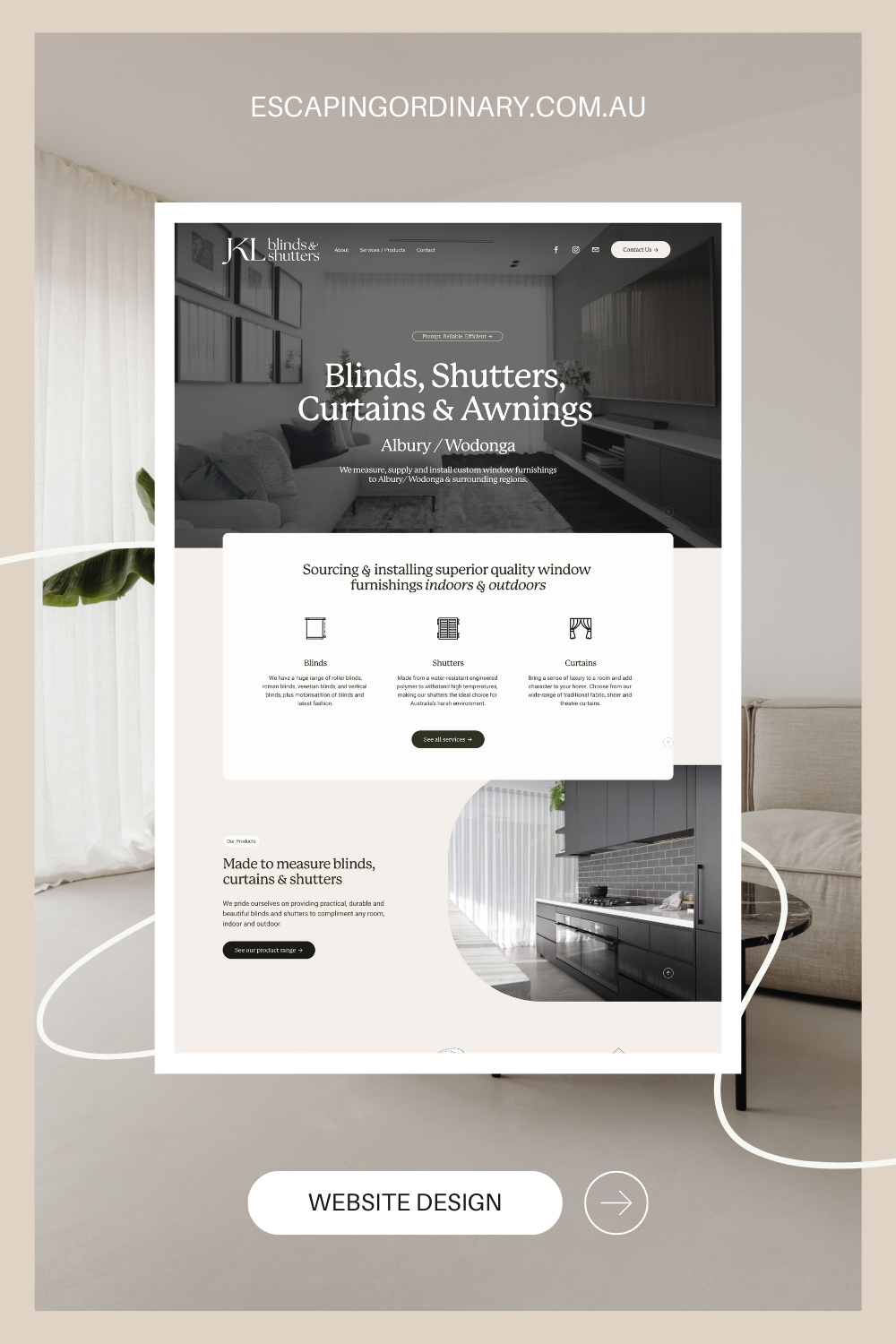You know you need clear messaging.
But if you’ve ever sat in front of a blinking cursor thinking “Why is this so hard to explain?”—you’re not alone.
Because writing content isn’t the real problem.
The real problem is trying to write before you know what you’re trying to say.
And if your message feels fuzzy, inconsistent, or like it changes depending on who you’re talking to… that’s not a failure. It just means you’re missing the structure that makes it work.
We’ve seen this play out across hundreds of websites, bios, and brand voices. So let’s cut through the noise and show you what actually works, based on what we use every day.
But what is messaging?
Let’s get clear: It’s not your tagline. It’s not the hook at the top of your homepage.
Messaging is the system that explains what you do, who it’s for, and why it matters—across everything you put online.
It’s the through-line that makes your content, website, and offers feel connected.
Without it? You end up with decent words that don’t lead anywhere.
So Why Does Messaging Fall Flat?
Here’s what we see all the time:
- Content that “sounds fine” but doesn’t convert
- Social posts that are consistent—but inconsistent in tone
- A services page that lists features… but leaves people asking “is this for me?”
Most of the time, the root issue is simple:
Your message is being built on assumptions, not structure.
And if that’s where you’re at, it’s not a fix-it-with-a-template situation. It’s a step-back-and-get-strategic moment.
Here’s What Actually Works
1. Mirror the way your audience already talks
If your copy isn’t landing, check your language.
Most of the time, we’re writing how we speak—not how our audience thinks.
We use Mirror Psychology to fix that.
It’s as simple as asking:
“What would your ideal client Google or say out loud when they’re stuck?”
Use that as your hook—not a tagline.
2. Use structure (like AIDA) to help people make a decision
Messaging isn’t just what you say—it’s the order you say it in.
Frameworks like AIDA (Attention → Interest → Desire → Action) still work because they follow how people process information.
The trick? Use them without sounding robotic.
Start with something they recognise.
Back it up with something they care about.
Show what becomes possible.
Then make the next step obvious.
3. Stop leading with your offer. Lead with the job their trying to solve
Your audience isn’t hiring you for a list of features.
They’re hiring you to make something in their business easier, clearer, faster, or more effective.
This is where the Jobs To Be Done (JTBD) principle comes in.
Instead of saying:
“Includes 5 pages, optimised copy, and mobile-friendly design”
Say:
“Built to help you show up online with confidence—and get more of the right kind of enquiries.”
Same service. Different message. Better results.
4. Your message should work elsewhere
If your website says one thing, your Instagram another, and your emails something else—it’s not a content problem. It’s a messaging gap.
Strong messaging doesn’t live in one place. It should be portable.
It should work on:
- Your homepage
- Your intro video
- Your next Reel
- A cold DM reply
The tone might shift. The message won’t.
5. You don’t need to be a copywriter. You just need a better foundation.
When business owners get stuck with writing, it’s rarely about talent.
It’s because they’re trying to write without structure, without a strategy, and without enough distance from their own brilliance.
Once we help them define:
- What their audience actually needs to hear
- What they want to be known for
- What job their offer is solving
…everything gets easier. Posts write themselves. Bios feel natural. Sales pages stop dragging.
Final Thought: Clarity Comes From Structure, Not Just Inspiration
If your message isn’t landing—it’s not because you haven’t found the perfect sentence yet.
It’s because you haven’t built the system behind it.
Start there. That’s the real work. And it’s what will hold up—not just in your next Instagram post, but across your business.
Want to build a message that holds up across every platform?
You can do it yourself, or we can build it with you.
Either way, the structure’s already mapped.





